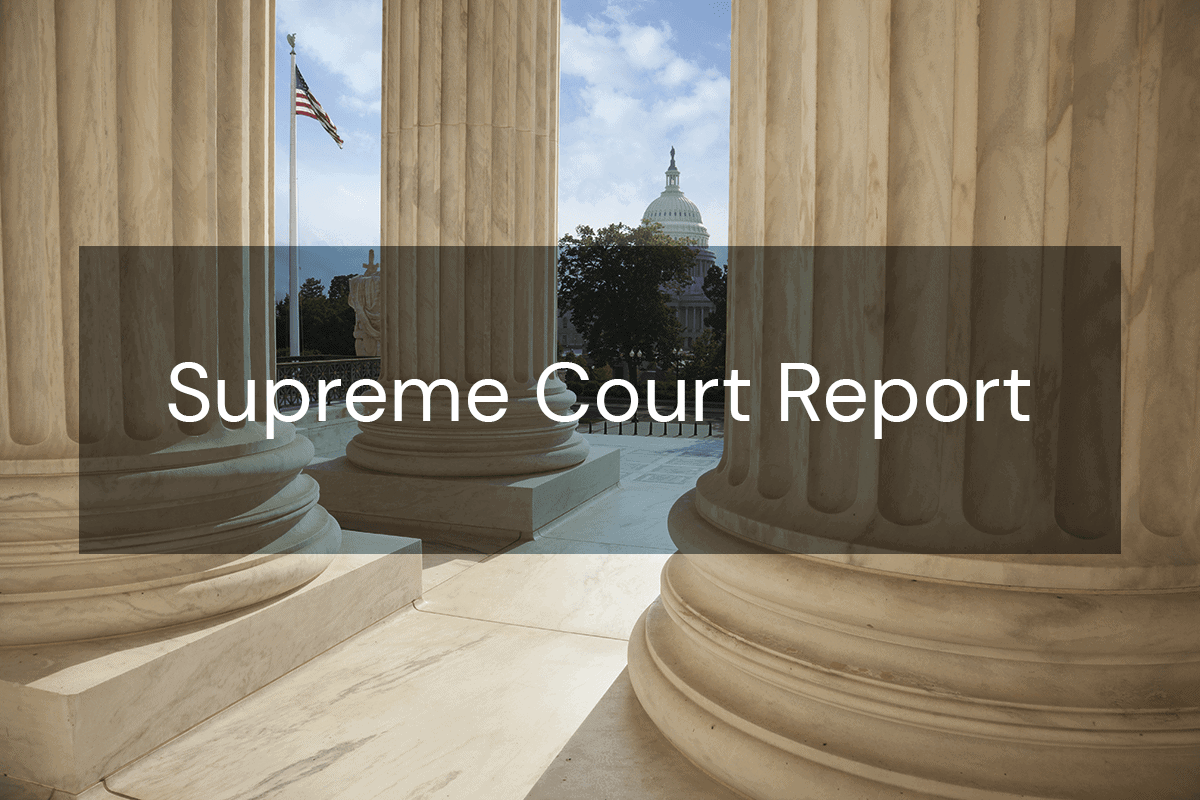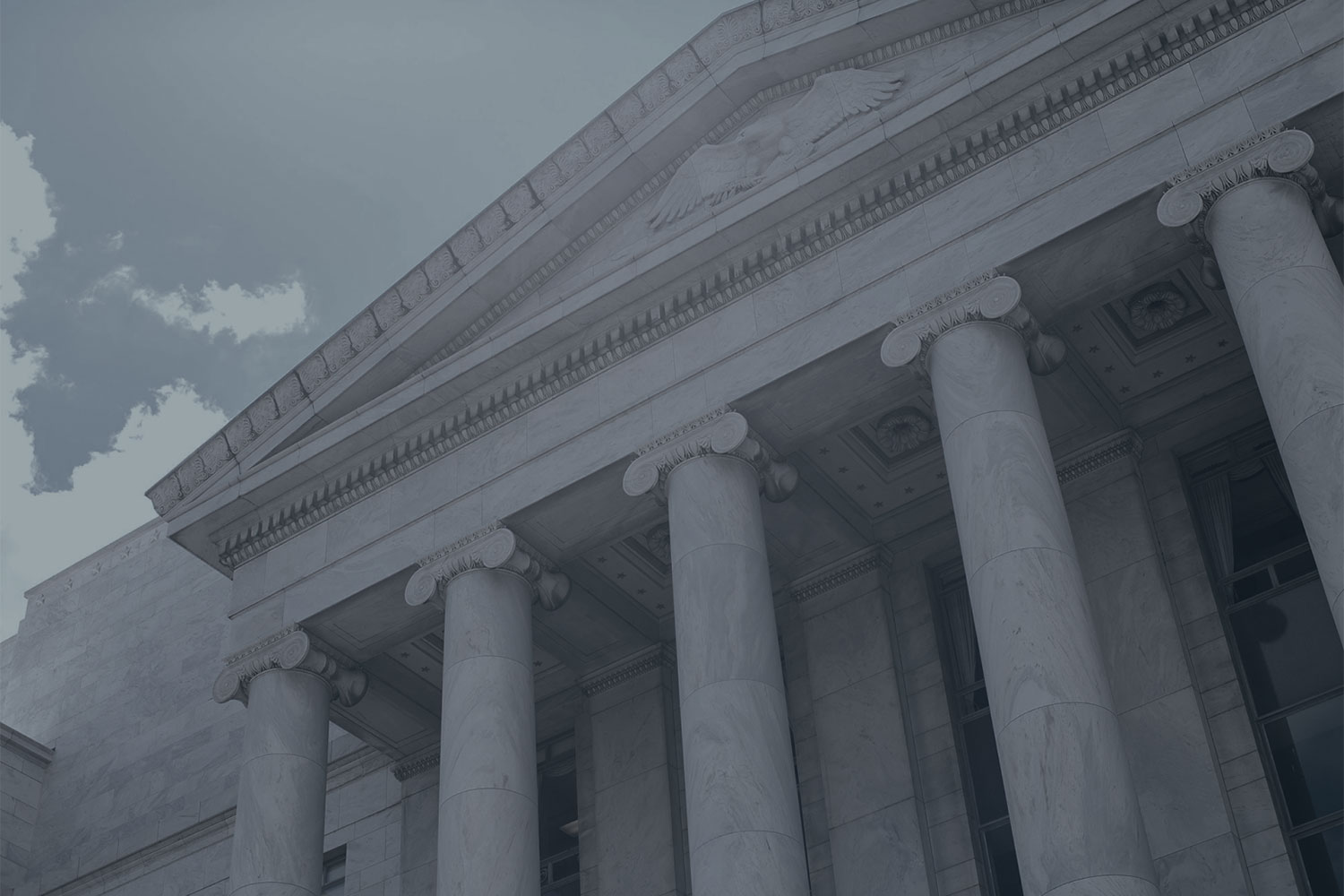Author

This Report summarizes opinions issued on June 21, 2022 (Part I); and cases granted review on that date (Part II).
Opinion: United States v. Taylor, 20-1459
United States v. Taylor, 20-1459. In a 7-2 decision, the Court held that attempted Hobbs Act robbery is not a “crime of violence” under 18 U.S.C. §924(c)(3)(A) because no element of attempted robbery requires proof that the defendant used, attempted to use, or threatened to use force. After a robbery went awry and his accomplice shot a man, the federal government charged Justin Taylor with violating the Hobbs Act, which makes it a federal crime to commit, attempt, or conspire to commit a robbery with an interstate component, and §924(c), which criminalizes the use of a firearm in connection with a “crime of violence.” A “crime of violence” includes (1) offenses that include as an element the use, attempted use, or threatened use of force, and (2) other offenses that by their nature involve a substantial risk of physical force (the residual clause). The federal government argued that Taylor’s robbery was a “crime of violence,” and Taylor agreed. He pleaded guilty to one count each of violating the Hobbs Act and §924(c). After the Court declared the residual clause of §924(c) unconstitutionally vague in United States v. Davis, 139 S. Ct. 2319 (2019), Taylor filed a habeas petition arguing that attempted robbery does not qualify as a “crime of violence.” Taylor sought to apply Davis retroactively and vacate his §924(c) conviction. The Government argued that Davis only addressed the residual clause, and that Taylor’s conviction remained valid because attempted robbery includes an element of force. The Fourth Circuit held that attempted Hobbs Act robbery is not a crime of violence because it does not require the government to prove that the defendant used, attempted to use, or threatened to use force. The Court affirmed in an opinion by Justice Gorsuch.
The Court uses a “categorical approach” to determine whether a felony may serve as a predicate for a conviction under §924(c). Under this approach, the Court determines whether the definition itself includes an element of force, not whether any particular defendant might use force during the commission of the offense. An attempted Hobbs Act robbery requires the Government to prove that (1) the defendant intended to unlawfully take property by actual or threatened force, and (2) the defendant took a substantial step toward that end. But, found the Court, neither the intent to take property by force nor a substantial step toward that end requires the use, attempt, or threat of force against another person or his property. The Court gave an example of a person who plans to rob a store and prepares to do so, but he is arrested as soon as he enters the store because a friend informed the police of his plan. Although the government could obtain a conviction for attempted robbery, that person never used, attempted, or threatened force against anyone or anything. Accordingly, held the Court, under the categorical approach attempted robbery is not a “crime of violence” under §924(c), and Taylor’s conviction under that section must be reversed regardless of the facts in his case.
The Government made three unsuccessful arguments. First, the Government argued that the elements clause of §924(c) encompasses not only “crimes of violence,” but also attempts to commit such crimes. The Court disagreed: “The elements clause does not ask whether the defendant committed a crime of violence or attempted to commit one. It asks whether the defendant did commit a crime of violence―and it proceeds to define a crime of violence as a felony that includes as an element the use, attempted use, or threatened use of force.” Second, the Government argued that the “substantial step” element of attempted Hobbs Act robbery requires the Government to prove that the defendant used, attempted, or threatened to use force. This argument fails, said the Court, because although many attempted robberies will involve the use, attempt, or threat of force, that is not an element of the offense. The Court also rejected the related argument that a person who takes a substantial step towards a robbery objectively poses a threat of force; as used in the statute, “threat” requires communication, not simply an abstract risk of force. Third, the Government argued that most attempted Hobbs Act robbery prosecutions involve a communicated threat of force, and that Taylor failed to identify a single case in which a defendant was prosecuted without such a threat. The Court believed Taylor had found such a case, but more importantly, the argument that a crime “usually” involves a threat of force ignores the statutory text.
Justice Thomas dissented, noting that Taylor appropriately conceded that he committed a “crime of violence” when his accomplice shot and killed a fellow drug dealer as they tried to rob him. Justice Thomas argued that the “categorical approach” has led the judiciary on a “journey Through the Looking Glass” to a “point of absurdity” where Taylor’s offense is deemed not a crime of violence because a hypothetical defendant could commit an attempted robbery without force. “It is hard to fathom why this makes sense or why any rational Congress would countenance such an outcome so divorced from reality.” In Justice Thomas’s view, the Court has never adequately justified its adoption of the categorical approach, which has “left prosecutors and courts in a bind” and “compelled courts to hold that heinous crimes are not crimes of violence because “someone, somewhere, might commit that crime without using force.” Justice Thomas argued that the Court should overrule Davis and adopt a conduct-based approach.
Justice Alito also dissented, agreeing with Justice Thomas that the categorical approach “veered off into fantasy land” and “disregard[s] the real world.” Despite that criticism, Justice Alito opined that attempted Hobbs Act robbery is a crime of violence even under the categorical approach. An offense is a crime of violence under §924(c) if it is a felony and “has as an element” the use, attempt, or threat of force. Justice Alito reasoned that it is not uncommon for statutes to include a set of alternative elements, such as providing that burglary may involve entry into a building or an automobile. A Hobbs Act robbery includes the unlawful taking of personal property from the person of another against that person’s will by means of (1) actual force, (2) threatened force, (3) violence, or (4) fear of injury. A completed robbery would satisfy §924(c) because these alternative elements involve the use, attempted, use, or threatened use of physical force. In Justice Alito’s view, the elements of attempted Hobbs Act robbery are (1) intending to commit a completed robbery under one of the four alternative methods, and (2) taking a substantial step toward that method’s commission. The use of force is part of the defendant’s intent, not a separate element that must be proved in addition to the attempt crime itself. Justice Alito also opined that Taylor’s robbery was a crime of violence under the “modified categorical approach,” where a court may consider limited documents (such as the indictment, jury instructions, or plea agreement) to determine which alternative method of committing an offense figured in the crime of conviction. Here, Taylor admitted in his plea agreement that he intended to lure his victim into an alleyway, hold him at gunpoint, and take his money “by force” if the victim resisted.




